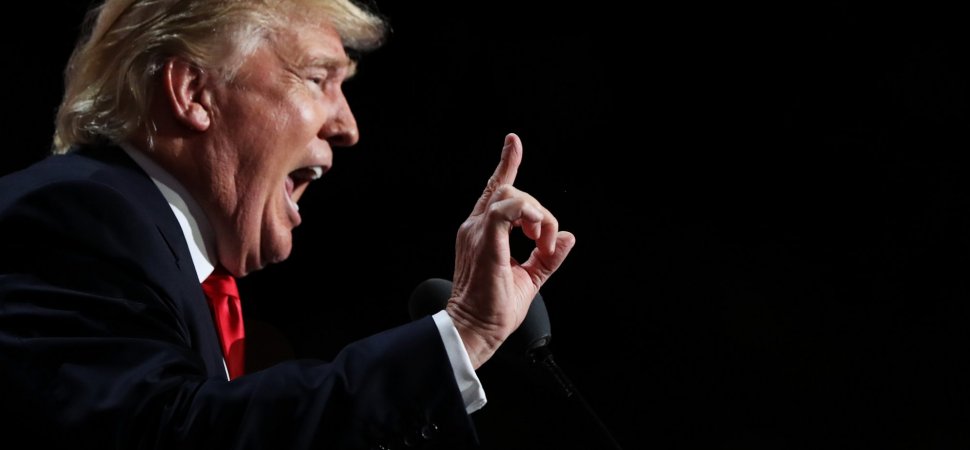Getty Images
As seen in Inc.
Want your audience to feel motivated to act by the end of your speech? Tap into your emotions.
If you’ve ever taken a crash course in public speaking, you might know about the three rhetorical appeals of ethos, logos, and pathos. While ethos relies on your audience perceiving you as trustworthy or credible, logos refers to arguments and appeals that are perceived as logical.
But it’s pathos, which refers to emotional appeals, that moves listeners. This tactic is employed by everyone from President Trump to the biggest brand names on the market. So why is emotion so convincing?
Emotions are powerful (if you know how to use them).
Emotions are the main motivator of belief and action, and both psychologists and philosophers have spent considerable time justifying this claim. In fact, this concept dates back to ancient times, when Aristotle coined the very terms we’re using to categorize appeals.
You need not look very far for an example of how influential emotional appeals can be. In 2008, Barack Obama propelled his campaign to the presidency with the help of more than a few tools, but pathos formed the bedrock of his presidential bid. After all, the slogan of his campaign was “hope” itself!
Along a similar vein, President Trump has perfected his own idiosyncratic brand of emotional appeal. Trump knows exactly when to use caustic words and phrases to evoke disgust and anger, or exuberant language to gain trust and rouse optimism. Though these two Presidents may seem a world apart, they’ve both mastered the use of emotional appeals.
Pathos builds ethos.
Aristotle claimed that we are more likely to believe people who we perceive as trustworthy, or those we believe have an appropriate set of moral values. This means if you can successfully convince an audience that you understand their concerns, they’ll be more sympathetic to your views.
Think of how Trump’s campaign rhetoric focused on how Wall Street executives “have bled our country dry,” a perception that united voters on both sides. Trump’s metaphors effectively convinced American voters that he was ‘on their side,’ which made his logical appeals even more compelling.
How to appeal to your audience’s emotions.
The key to crafting an effective emotional appeal lies in a solid understanding of who you’re trying to persuade. If you’re having trouble understanding how an audience might approach an issue, apply this formula:
-
What’s their current mental state?
-
Where are their emotions being directed?
-
Why are their emotions being directed being in that way?
If you are trying, for instance, to convince a group of Midwestern citizens to support increased financial regulation, you might appeal to anger. You could share anecdotes of other Americans who had their homes foreclosed on in the housing crisis.
Conversely, if you want to convince a group of investment bankers to support financial regulation, anger probably isn’t the most efficient emotion to conjure. In this case, it might be smart to focus on empathy and compassion, so that the bankers understand where your arguments are coming from (e.g., concern for the well-being of average Americans, as opposed to anger directed at very wealthy Americans).
At the end of the day, it’s important to remember that persuasion relies on both the speaker and an audience. If you can tap into the psychology behind the crowd at your next public speaking gig, you’ll be more effective at tugging their heartstrings and making your arguments.
About the Author Ken Sterling
Access Ken’s Inc. Column here:https://www.inc.com/ken-sterling/how-to-motivate-your-audience-by-connecting-to-their-emotions.html
